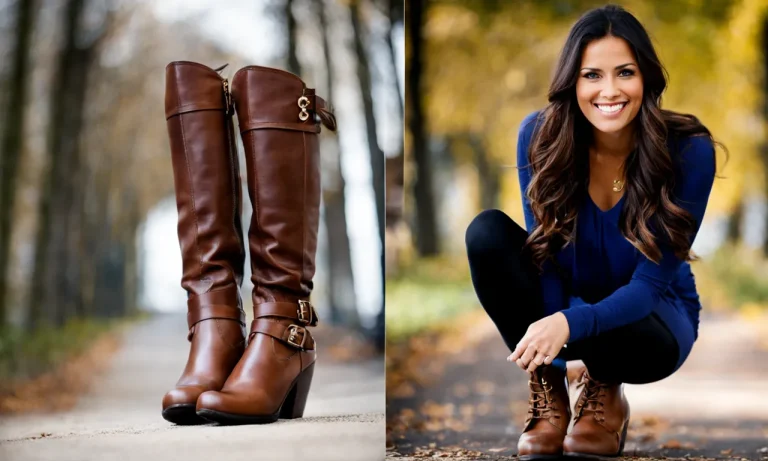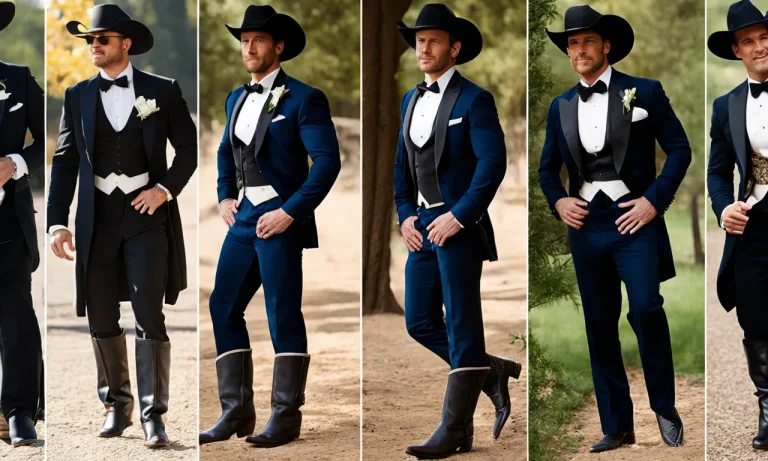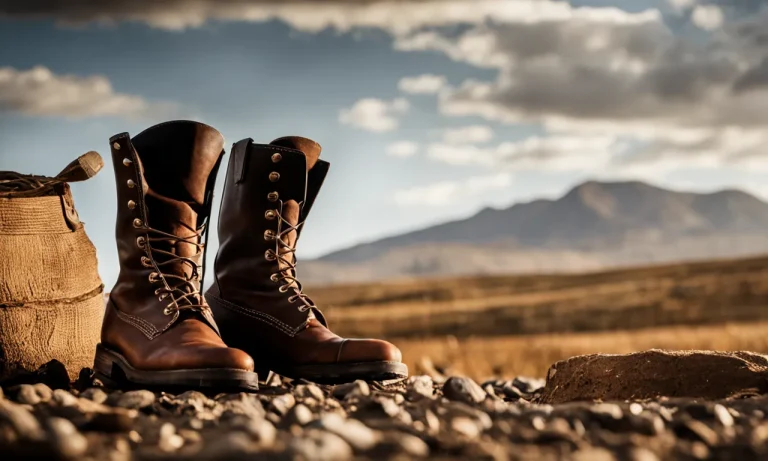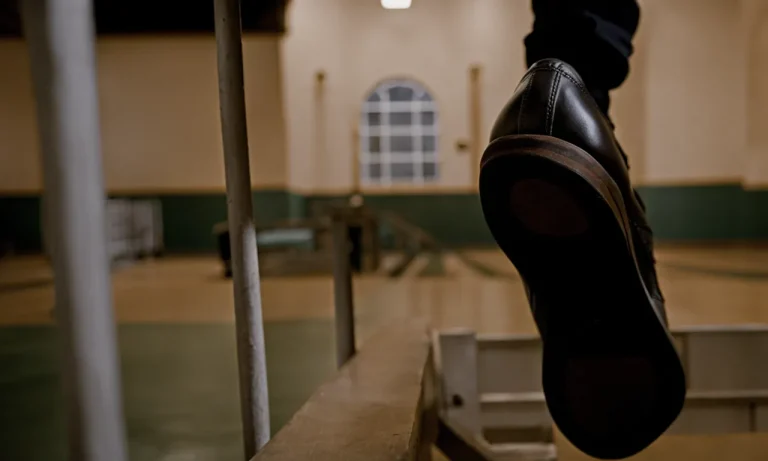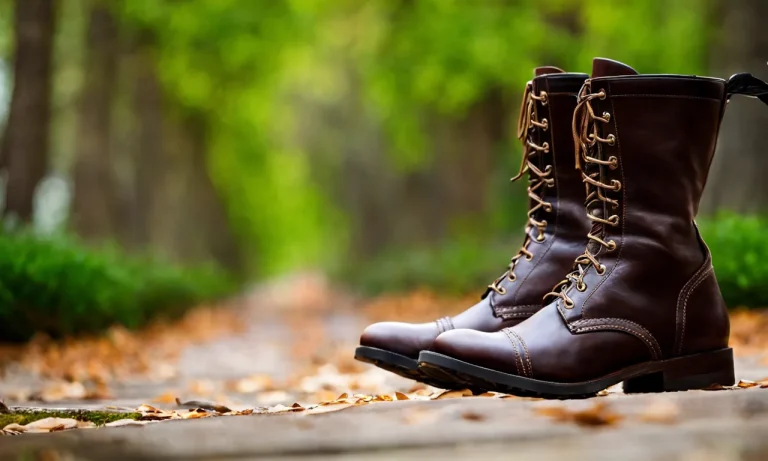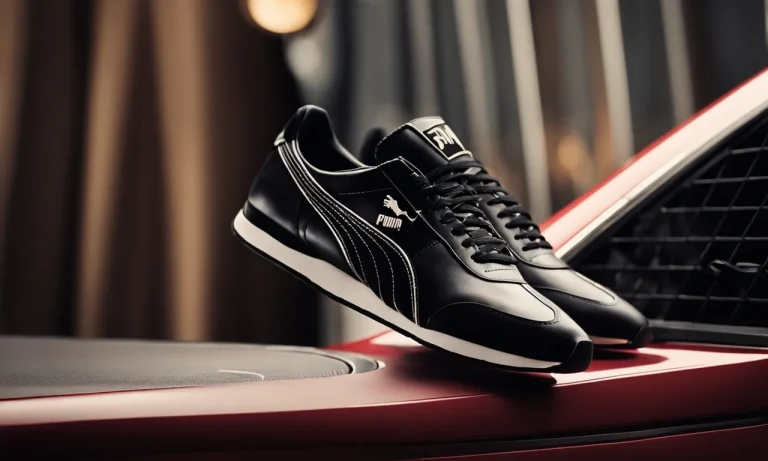Timberland boots have been a staple in American footwear for decades. Known for their rugged style and durability, many wonder just how long a pair of Timberland boots can last.
If you’re short on time, here’s a quick answer to your question: with proper care and maintenance, a quality pair of Timberland boots can last anywhere from 3-10 years depending on the model and how often they are worn.
In this comprehensive guide, we’ll cover everything you need to know about the longevity and lifespan of Timberland boots, including tips on how to make them last as long as possible.
Timberland Boot Construction
When it comes to the longevity of Timberland boots, their construction plays a crucial role. Timberland is known for its high-quality craftsmanship and attention to detail, ensuring that their boots can withstand the test of time.
Let’s take a closer look at the key aspects of Timberland boot construction.
Leather Quality
One of the defining features of Timberland boots is the premium leather used in their construction. Timberland sources their leather from reputable tanneries, ensuring that it is durable, water-resistant, and able to withstand various weather conditions.
The leather undergoes a rigorous process of treatment and finishing, resulting in a supple yet sturdy material that can last for years.
The premium leather used in Timberland boots not only contributes to their durability but also enhances their aesthetic appeal. The natural grain and texture of the leather give the boots a timeless and rugged look, which has made them a favorite among fashion enthusiasts and outdoor enthusiasts alike.
Stitching and Structure
Another crucial aspect of Timberland boot construction is the stitching and overall structure. Timberland boots are known for their robust stitching, which ensures that the various components of the boot remain firmly attached.
The stitching is done with precision and reinforced in critical areas, such as the toe box and heel, to prevent any potential weak points.
In addition to the stitching, Timberland boots are built with a sturdy structure that provides excellent support and stability. The combination of a supportive upper, cushioned insole, and padded collar ensures that your feet remain comfortable even during long hours of wear.
This structural integrity also contributes to the longevity of the boots, allowing them to withstand regular wear and tear without losing their shape or functionality.
Soles
The soles of Timberland boots are designed to provide superior traction and durability. Timberland utilizes a variety of outsole materials, including rubber and a proprietary compound called “Gripstick,” to ensure that their boots can handle various terrains and conditions.
The rugged lug pattern on the outsoles enhances grip, preventing slips and falls.
Moreover, Timberland offers different types of soles depending on the specific needs of the wearer. For example, they have boots with oil-resistant soles for those working in industrial settings, and boots with anti-fatigue technology for individuals who spend long hours on their feet.
Factors That Affect Durability
When it comes to the durability of Timberland boots, several factors come into play. By understanding these factors, you can ensure that your boots last longer and provide you with the comfort and protection you need.
Frequency of Wear
The more frequently you wear your Timberland boots, the more wear and tear they will experience. While these boots are designed to be durable, it’s important to give them some time to rest and recover between wears. Constant use without proper rest can lead to faster deterioration of the materials.
It’s recommended to rotate your Timberland boots with other pairs to give them a break. This will help prolong their lifespan and prevent excessive wear in a specific area.
Care and Maintenance
The care and maintenance you provide to your Timberland boots play a crucial role in their durability. Regular cleaning and conditioning can help keep the leather supple and prevent it from cracking. It’s important to follow the manufacturer’s instructions when it comes to cleaning and conditioning your boots.
Additionally, proper storage is essential. Avoid leaving your boots in damp or humid areas, as this can lead to mold growth and damage the leather. Storing them in a cool, dry place will help maintain their quality over time.
Where You Wear Them
The environment in which you wear your Timberland boots can greatly impact their longevity. If you frequently trek through rough terrains or expose them to harsh conditions, such as extreme heat or cold, the boots may wear out faster.
While Timberland boots are known for their ruggedness, it’s important to be mindful of the activities you engage in while wearing them. Limiting exposure to excessive moisture, sharp objects, and abrasive surfaces can help prolong their lifespan.
Your Activity Level
The level of activity you engage in while wearing your Timberland boots can also affect their durability. If you participate in activities that require a lot of movement, such as hiking or construction work, your boots may experience more strain.
It’s important to choose the right type of Timberland boots for your specific activity. Some models are designed specifically for heavy-duty work, while others are more suitable for casual wear. Selecting the appropriate boots for your needs can help ensure their durability.
Remember, while Timberland boots are known for their durability, they are not indestructible. Taking proper care, wearing them in appropriate environments, and selecting the right boots for your activity level will help maximize their lifespan.
Estimates on How Long Timberlands Last
3-5 Years with Heavy Use
If you’re someone who puts their Timberland boots through the wringer with heavy use, you can expect them to last around 3-5 years. This includes wearing them on a daily basis, subjecting them to harsh weather conditions, and engaging in activities that put stress on the boots.
While Timberlands are known for their durability, extensive use can eventually take a toll on their lifespan. However, it’s important to note that proper care and maintenance can help extend their longevity even with heavy use.
5-7 Years with Moderate Use
For those who wear their Timberlands on a regular basis but not necessarily under extreme conditions, you can expect them to last around 5-7 years. This includes wearing them for work, outdoor activities, or casual outings.
With moderate use, the boots are less likely to experience excessive wear and tear, allowing them to maintain their quality for a longer period of time. Regular cleaning and conditioning can also help prolong their lifespan.
7-10+ Years with Light Use
If you’re someone who only wears your Timberland boots occasionally or for lighter activities, you can expect them to last 7-10+ years. This includes wearing them for special occasions, outings, or during specific seasons.
Light use minimizes the amount of stress and strain on the boots, allowing them to remain in great condition for an extended period of time. With proper care and storage, your Timberlands can even surpass the 10-year mark and continue to serve you well.
It’s important to remember that these estimates are general guidelines and can vary depending on various factors such as the specific model of Timberland boots, the quality of materials used, and how well you take care of them.
Additionally, it’s always a good idea to refer to the manufacturer’s recommendations for maintaining and caring for your Timberlands.
Tips to Make Your Timberlands Last
Timberland boots are known for their durability and longevity, but with proper care, you can make them last even longer. Here are some tips to help you prolong the life of your Timberland boots:
Buy The Right Size
One of the most important factors in making your Timberlands last is ensuring that you buy the right size. Ill-fitting boots can cause discomfort and increase the risk of damage. Make sure to measure your feet accurately and consult the Timberland size chart before making a purchase.
Remember, a snug fit is ideal, but there should still be enough room for your toes to move comfortably.
Use Protectants and Conditioners
Timberland boots are made from high-quality leather, and it’s essential to protect and nourish the leather to maintain its quality and durability. Using a waterproofing spray or leather conditioner can help protect your boots from moisture, stains, and cracks.
Apply the protectant or conditioner as directed by the manufacturer, and don’t forget to pay extra attention to the seams and stitching.
Let Them Rest and Dry Out
After wearing your Timberlands, it’s important to let them rest and dry out thoroughly before wearing them again. Excessive moisture can weaken the leather and cause it to crack or mold. Avoid placing your boots near direct heat sources, as this can cause the leather to dry out too quickly and potentially damage it.
Instead, allow them to air dry naturally at room temperature.
Repair Early Signs of Wear
Inspect your Timberlands regularly for any signs of wear or damage, such as loose stitching or worn-out soles. Addressing these issues early on can prevent further damage and extend the lifespan of your boots.
If you notice any minor wear and tear, you can try fixing them yourself using leather glue or taking them to a professional cobbler for repair.
Resole When Needed
The soles of your Timberland boots are subject to the most wear and tear. Over time, they may become worn down or lose their grip. If you notice significant wear on the soles, it’s time to consider resoling your boots.
Resoling can breathe new life into your Timberlands and ensure that they continue to provide the traction and support you need.
By following these tips, you can maximize the lifespan of your Timberland boots and enjoy them for many years to come. Remember, taking care of your boots not only helps them last longer but also maintains their appearance and performance.
When It’s Time to Replace Your Timberlands
Timberland boots are known for their durability and longevity, but like any footwear, they will eventually wear out. Here are some signs to look out for that indicate it may be time to replace your beloved Timberlands.
Holes in the Leather Upper
One of the most obvious signs that your Timberlands need replacing is if there are holes in the leather upper. Over time, the constant wear and tear can cause the leather to become thin and eventually develop holes.
While a small hole can be patched up, multiple holes or large ones may be beyond repair. It’s best to invest in a new pair to ensure your feet stay protected and dry.
Cracks in the Sole
The sole of your Timberlands is what provides you with traction and support. If you start to notice cracks in the sole, it’s a clear indication that they have become worn down and may no longer be providing the necessary grip. This can be especially dangerous in wet or slippery conditions.
To avoid any accidents, it’s crucial to replace your boots when you see signs of sole deterioration.
Worn Down Tread
The tread on the bottom of your Timberlands is what gives you traction and helps prevent slips and falls. As you use your boots, the tread can wear down, becoming smoother and less effective. If you find that you’re slipping more than usual or not getting the same grip as before, it may be time to retire your current pair and invest in a new one with fresh, grippy tread.
Loose Stitching
Take a close look at the stitching on your Timberlands. If you notice any loose threads or stitching that is starting to come undone, it’s a sign that the integrity of the boot is compromised. Loose stitching can lead to further damage and even cause the boot to fall apart.
To ensure the longevity of your boots, it’s best to replace them when you spot loose stitching.
Remember, while Timberland boots are built to last, they are not invincible. Pay attention to these signs and replace your boots when necessary to ensure your feet stay comfortable, protected, and stylish.
Conclusion
With regular care and maintenance, a quality pair of Timberland boots can provide years of durable wear. Pay attention to early signs of damage and don’t hesitate to repair or resole them. With some TLC, your Timberlands could last nearly a decade or beyond.
We hope this comprehensive guide gives you a better understanding of the lifespan of Timberland boots. Just remember to choose the right model for your needs, care for them properly, and replace them when they can no longer be restored. Happy boot wearing!

